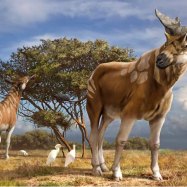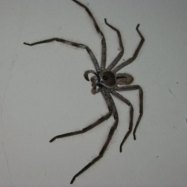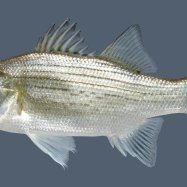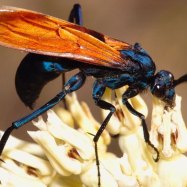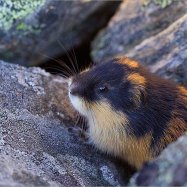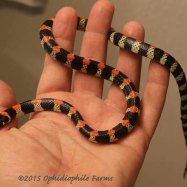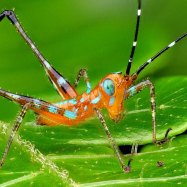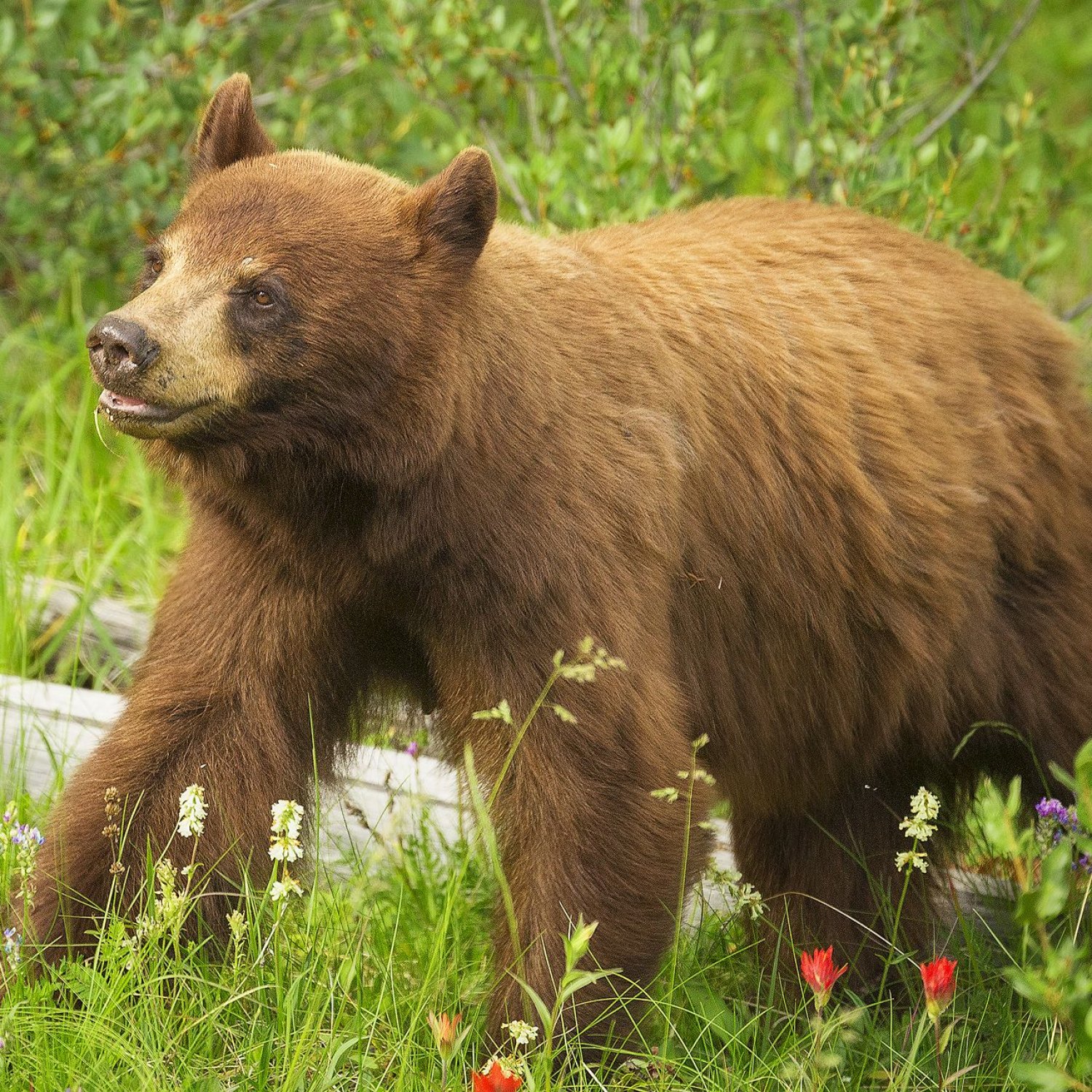
Cinnamon Bear
4 to 7.5 feet
Cinnamon bears, found in the western United States, are part of the Ursidae family and have a stocky body shape. These bears can grow up to 7.5 feet in length and are known for their distinctive cinnamon-colored fur. They are generally shy and avoid human interactions, making sightings a rare and exciting experience. Keep your eyes peeled for these majestic creatures on your next hike in the western US! #CinnamonBears #WesternWildlife #BearFacts
Animal Details Summary:
Common Name: Cinnamon Bear
Kingdom: Animalia
Habitat: Forests
The Charming Cinnamon Bear: A Closer Look at North America's Iconic Ursus Americanus Cinnamomum
When one thinks of bears, images of fierce and fearsome creatures may come to mind. But among these powerful animals, there is one species that stands out with its unique beauty and charm – the Cinnamon Bear.Scientifically known as Ursus americanus cinnamomum, the Cinnamon Bear is a type of black bear found in North America. While it is also commonly referred to as the Cinnamon Bear, some people also know it as the Cinnamon Black Bear or the Blue Glacier Bear Cinnamon Bear. But whatever name you give it, this bear remains an exceptional creature that has captured the hearts of many.
Let's take a closer look at this animal's fascinating features and how it contributes to its survival in the wild.
The Cinnamon Bear's Taxonomy
Before diving into the specifics of the Cinnamon Bear, let's take a brief look at its taxonomy. This information may seem technical for some, but it is essential to understanding this animal's place in the animal kingdom.The Cinnamon Bear belongs to the Kingdom Animalia, which comprises all animals on Earth. It falls under the Phylum Chordata, which includes all animals with a backbone or spinal cord. Additionally, it is classified under the Class Mammalia, which consists of animals that are warm-blooded, have hair or fur, and nourish their young with milk.
Under the Order Carnivora, we find the Cinnamon Bear, which means it is a carnivore or meat-eating animal. It shares this order with other impressive predators such as lions, tigers, and wolves Carolina Parakeet.
Finally, the Cinnamon Bear belongs to the Family Ursidae, along with other bears such as the polar bear, the panda bear, and the grizzly bear. With this information, we can already see the Cinnamon Bear's close association with its black bear cousins.
Habitat and Geographical Distribution
The Cinnamon Bear is native to the Western United States, making it a unique and iconic species for North America. You can find it ranging from Alaska and British Columbia down to New Mexico, Arizona, and northern Mexico.As for its habitat, this bear species prefers areas with dense forests, as it provides ample cover for them to thrive. Some of their favorite habitats include forests with an abundance of berry-producing plants, which make up a significant portion of their diet.
Feeding Method and Diet
Speaking of diet, the Cinnamon Bear is an omnivore, meaning it feeds on both plants and animals. They are opportunistic feeders, meaning they will eat whatever is available in its habitat. However, their primary diet consists of berries, nuts, insects, and small mammals. Occasionally, they may also hunt larger animals like deer, elk, and moose.Their strong sense of smell helps them locate food, and their powerful jaws and sharp teeth make it easier to open up nuts and crush bones. They also have sharp claws that help them dig for food in the ground.
Body Shape and Coloration
The Cinnamon Bear is a stocky animal, with a broad head and short, round ears. They have a short tail and weigh between 150 to 600 pounds, with males being slightly larger than females. They also have a distinctive hump on their shoulders, which is a telltale sign of their species.What makes this bear stand out is its striking cinnamon-colored fur, which is where it gets its name. This fur color can range from a light brown to a rich reddish-brown, but they all give off a beautiful cinnamon hue in the sunlight.
Interestingly, the color of a Cinnamon Bear's fur is not determined by genetics but by diet. For example, they may have a darker coat in areas with a higher concentration of blackberries, while those living in areas with more pine nuts may have a lighter coat.
Survival Skills and Behavior
Like most bears, the Cinnamon Bear is a solitary animal and typically avoids human contact. They have a keen sense of smell and are excellent climbers and swimmers, which helps them navigate their environment with ease.In colder regions, they also hibernate during the winter to conserve energy and survive harsh weather conditions. During hibernation, their heart rate and metabolism slow down, and their body temperature drops, allowing them to conserve energy and survive for extended periods without food.
Threats to Survival and Conservation Efforts
Despite being a thriving species, the Cinnamon Bear still faces threats to its survival, mainly due to human activities. Hunting, habitat destruction, and climate change are some of the major factors that pose a risk to their population.Fortunately, there are ongoing efforts to conserve this beautiful bear species. Organizations such as the National Wildlife Federation work towards managing bear populations and protecting their habitats. They also educate the public on how to coexist with bears and reduce potential conflicts.
Final Thoughts
In conclusion, the Cinnamon Bear is a fascinating and charming creature that deserves our admiration and protection. Its unique coloration, impressive survival skills, and vital role in its ecosystem make it an essential part of North America's natural heritage.Unfortunately, human activities continue to pose threats to its survival. Therefore, it is crucial to raise awareness and support conservation efforts to ensure that future generations get to appreciate the beauty of the Cinnamon Bear in its natural habitat. Let us all do our part in preserving this iconic species for generations to come.

Cinnamon Bear
Animal Details Cinnamon Bear - Scientific Name: Ursus americanus cinnamomum
- Category: Animals C
- Scientific Name: Ursus americanus cinnamomum
- Common Name: Cinnamon Bear
- Kingdom: Animalia
- Phylum: Chordata
- Class: Mammalia
- Order: Carnivora
- Family: Ursidae
- Habitat: Forests
- Feeding Method: Omnivorous
- Geographical Distribution: North America
- Country of Origin: United States
- Location: Western United States
- Animal Coloration: Cinnamon-colored fur
- Body Shape: Stocky
- Length: 4 to 7.5 feet
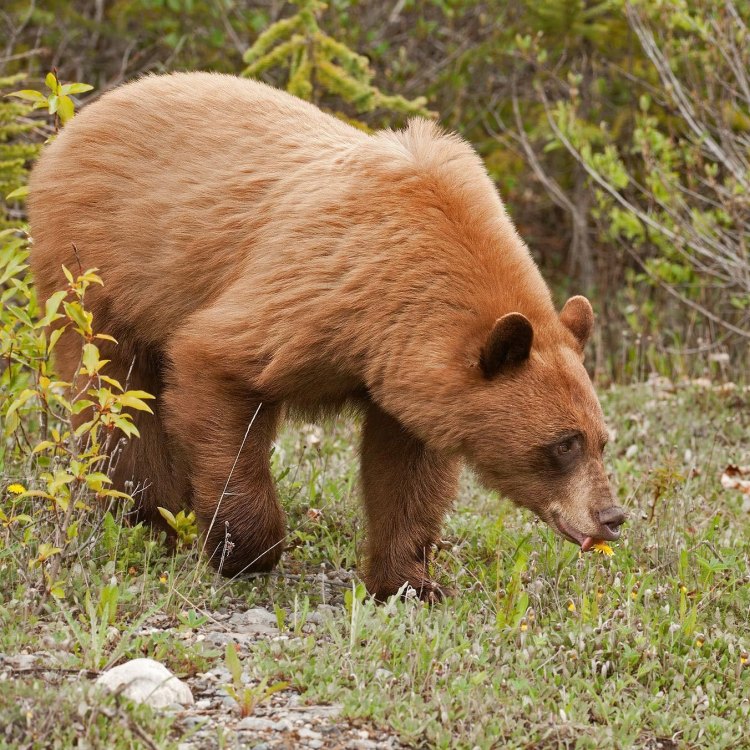
Cinnamon Bear
- Adult Size: Small to medium-sized bear
- Average Lifespan: 25 to 30 years
- Reproduction: Viviparous
- Reproductive Behavior: Polygamous
- Sound or Call: Various vocalizations including huffing, growling, and snorting
- Migration Pattern: Non-migratory
- Social Groups: Solitary
- Behavior: Nocturnal
- Threats: Habitat loss, hunting
- Conservation Status: Least Concern
- Impact on Ecosystem: Seed dispersion
- Human Use: Hunting and ecotourism
- Distinctive Features: Distinctive cinnamon fur color
- Interesting Facts: Cinnamon Bears are also known as the American Black Bear
- Predator: None, apex predator
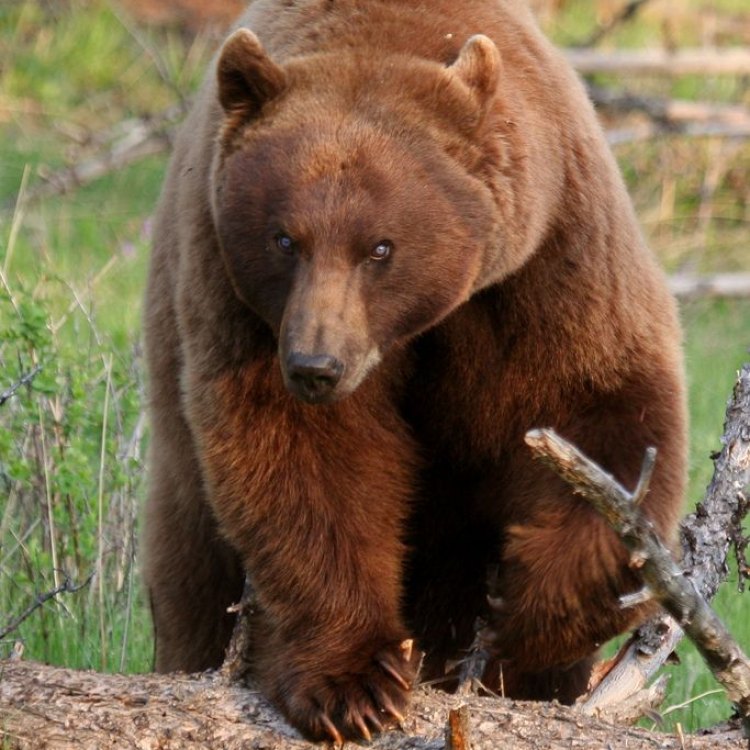
Ursus americanus cinnamomum
The Fascinating Cinnamon Bear: A Small Yet Mighty Creature
When you think of bears, you may picture a large and fearsome animal, roaming the wilderness with powerful paws and sharp claws. However, not all bears fit this stereotype. One species in particular, the Cinnamon Bear, breaks away from the norm and captivates with its small yet mighty structure, distinctive features, and fascinating behaviors.The Cinnamon Bear (Ursus americanus cinnamomum) is a subspecies of the American Black Bear PeaceOfAnimals.Com. As its name suggests, this bear is known for its unique cinnamon-colored fur, which sets it apart from its black-furred relatives. It is also referred to as the cinnamon brown bear or the cinnamon variety of the American Black Bear.
This bear is found primarily in North America, ranging from the western coast of Alaska to the eastern regions of Canada, and down to Mexico. It prefers to inhabit mixed forests and woodlands, where it has access to both plant and animal sources of food. Because of its small to medium size, the Cinnamon Bear can easily maneuver through dense vegetation and climb trees, making it well-suited for forest habitats.
Size and Lifespan
The Cinnamon Bear is considered a small to medium-sized bear, with an average weight ranging from 125 to 550 pounds. Females are typically smaller than males, with an average weight of 100 to 325 pounds. Its size makes it one of the smallest bear species in North America, with only the Sun Bear and the Sloth Bear being smaller.In terms of lifespan, the Cinnamon Bear can live up to 25 to 30 years in the wild Carpet Viper. This is significantly longer than other North American bear species, such as the Grizzly Bear, which has an average lifespan of 22 years. In captivity, however, Cinnamon Bears have been known to live up to 40 years.
Reproduction and Reproductive Behavior
The breeding season for Cinnamon Bears typically occurs from late May to late July. During this time, males compete for females' attention and mating opportunities. Males exhibit a behavior called "mate guarding" where they stay close to the female to prevent other males from mating with her.After a successful mating, the gestation period for female Cinnamon Bears is around 7 to 8 months. They give birth to 1 to 4 cubs, typically in January or February, while in hibernation. This is known as "delayed implantation," which means that the fertilized eggs do not implant in the uterus until the mother enters hibernation. This allows the cubs to be born during the spring when food sources are more plentiful.
Interestingly, Cinnamon Bears exhibit a polygamous mating behavior, meaning that they will mate with multiple partners during their breeding season. This behavior is common among other bear species, as it increases the chances of producing more offspring and promoting genetic diversity within the population.
Sound and Migration Patterns
Like all bears, Cinnamon Bears are known for their vocalizations, which serve as important communication tools within their social groups. They have a wide range of vocalizations, including huffing, growling, and snorting, which they use to warn intruders or communicate with other bears.One of the most intriguing facts about Cinnamon Bears is their non-migratory behavior. While some bear species, such as Polar Bears, are known for their long-distance migrations, Cinnamon Bears remain in their home range all year round. This is primarily due to their ability to survive in a variety of habitat types and the year-round availability of food sources.
Social Behavior
Cinnamon Bears are known to be generally solitary animals, preferring to live and forage alone. However, they do interact with other bears during the breeding season or when competing for food sources. Cubs will typically stay with their mother for about 1.5 to 2 years before venturing off on their own.Interestingly, Cinnamon Bears are nocturnal, meaning that they are most active at night. This behavior allows them to avoid human activity and potential conflicts, as well as to maximize their foraging time without competition from diurnal animals.
Threats and Conservation Status
Like many other wildlife species, Cinnamon Bears face various threats, including habitat loss and hunting. The clearing of forests for logging, agriculture, and development has significantly reduced the availability of suitable habitat for these bears. This has forced some individuals to search for food and shelter in urban areas, which can be dangerous for both humans and bears.Hunting also poses a threat to Cinnamon Bears, as they are often hunted for their meat and fur. In some regions, they are considered a game animal, and hunting permits are issued to control their population. However, due to their elusive nature and remote habitats, the exact population of Cinnamon Bears is hard to determine.
Despite these threats, the International Union for Conservation of Nature (IUCN) lists Cinnamon Bears as a species of least concern. This is because their population is still relatively stable, and they have a wide distribution range. Additionally, conservation efforts, such as habitat protection and public education, have been implemented to mitigate these threats and promote coexistence with these magnificent creatures.
Impact on Ecosystem
Cinnamon Bears play a vital role in their ecosystem, particularly in the dispersal of seeds. Like other bear species, they consume a diverse diet, including fruits, nuts, and berries. As they travel and forage, they inadvertently disperse seeds through their feces, helping to replenish and diversify plant species in their habitat.Their role as seed dispersers also makes them important for maintaining healthy forest ecosystems, as they contribute to the growth and regeneration of plants. Without their presence, the ecosystem balance could be disrupted, leading to negative impacts on other wildlife and the environment as a whole.
Human Use
Humans have a long history of coexisting with Cinnamon Bears, and their interactions have had both positive and negative impacts on the species. Historically, Indigenous peoples across North America have hunted and used Cinnamon Bears for food, clothing, and ceremonial purposes. Today, hunting of Cinnamon Bears is still permitted in some regions for recreational and subsistence purposes.However, with the rise of ecotourism, people have also started to appreciate the beauty and importance of Cinnamon Bears in their natural habitats. Many conservation organizations and national parks now offer opportunities to observe these bears from a safe distance, without disturbing or harming them. This not only benefits the bears but also promotes education and conservation efforts.
Distinctive Features and Interesting Facts
Aside from their unique cinnamon fur color, Cinnamon Bears have other distinctive features that make them stand out among other bear species. They have a broad face with a distinctive ruff of fur around their neck, giving them a friendly and approachable appearance. They also have long, sharp claws and a muscular build, which allows them to climb trees and dig for food.One interesting fact about Cinnamon Bears is that their scientific name, Ursus americanus, translates to "American bear." This is because they are the most widely distributed bear species in North America. They are also the most common bears found in the United States, and are considered the "official" state animal of Louisiana.
Despite having no natural predators, the Cinnamon Bear can fall victim to diseases and injuries, such as being hit by cars or encountering human-made hazards. However, their adaptability and resilience have allowed them to thrive in a variety of environments and continue to captivate and fascinate those who encounter them.
In Conclusion
The Cinnamon Bear may be small in size, but it is certainly mighty in its impact on its ecosystem and its ability to captivate and intrigue humans. From its unique appearance to its fascinating behaviors and important role in the environment, the Cinnamon Bear is a true testament to the complexity and diversity of nature. As we continue to coexist with these creatures, it is crucial to protect and appreciate their presence to ensure a harmonious future for all.
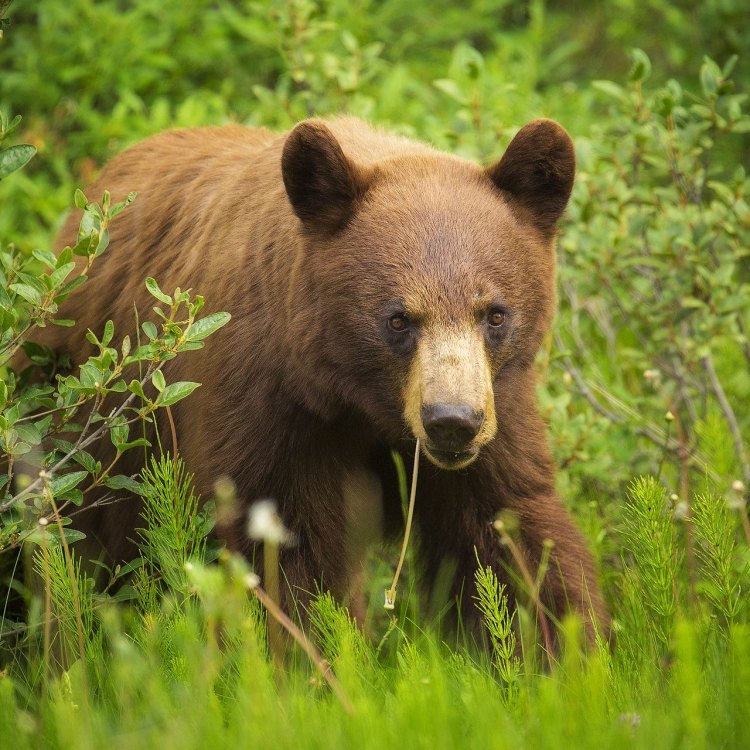
The Charming Cinnamon Bear: A Closer Look at North America's Iconic Ursus Americanus Cinnamomum
Disclaimer: The content provided is for informational purposes only. We cannot guarantee the accuracy of the information on this page 100%. All information provided here may change without prior notice.

